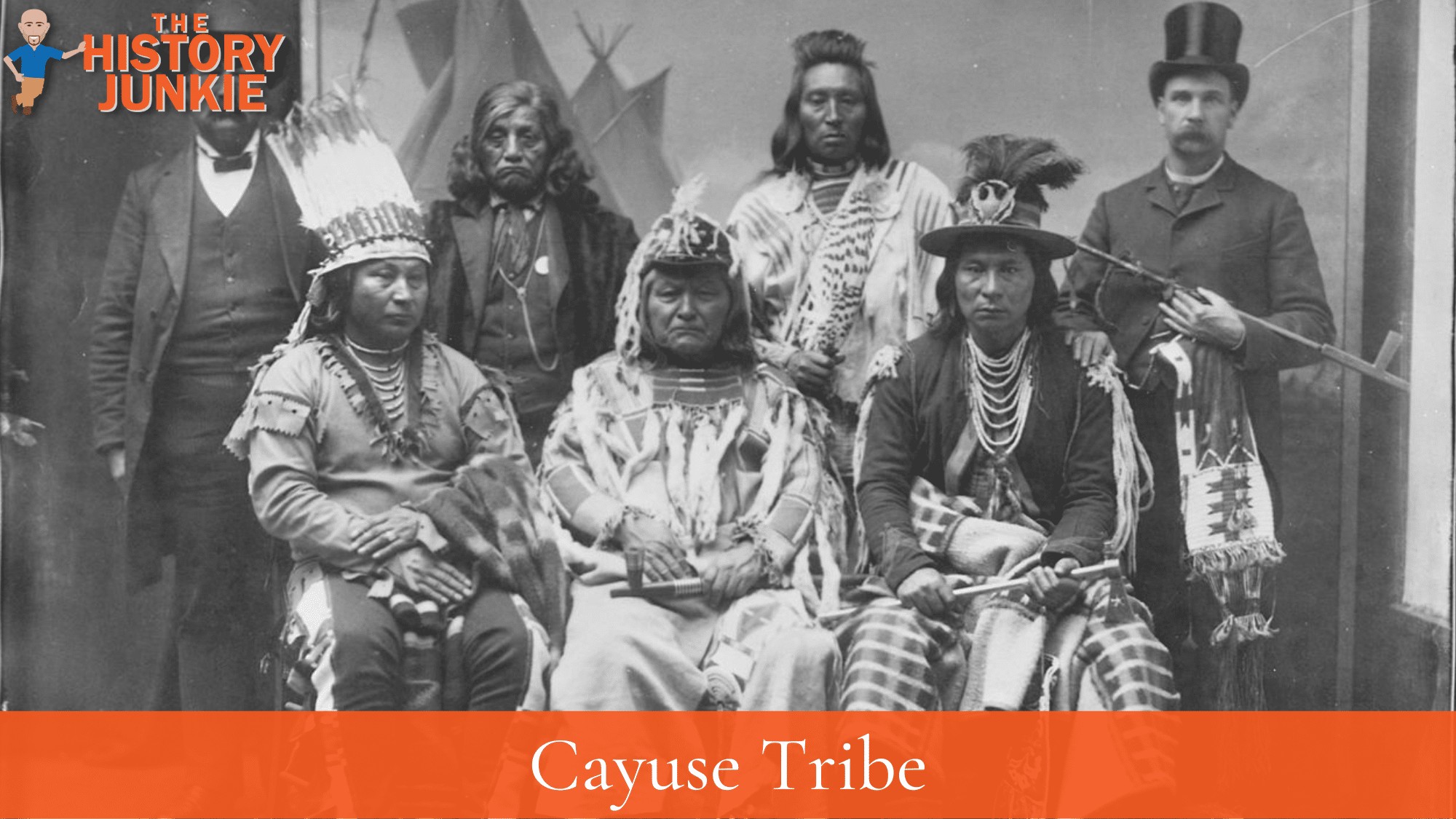
Jump to:
#1. The Cayuse Tribe Was Semi-Nomadic
The Cayuse Tribe was a Plateau Indian Tribe located in the United States Northwest Region.
They were a semi-nomadic tribe that maintained summer and winter villages around various rivers in the modern states of Washington and Oregon.
They were semi-nomadic in that they migrated to two locations rather than being wholly nomadic and following the patterns of the buffalo or something else.
#2. The Cayuse Tribe Were Excellent Horsemen
The Cayuse Tribe were known for their work with horses and their overall horsemanship. Within their tribe, horses were viewed as a status symbol, with the poor folks owning 15 - 20 horses while the wealthiest owned 2,000.
They bred and developed the Cayuse horse, which is a small but powerful breed that was bred to fit the Cayuse tribe's lifestyle.
The horse allowed them to travel much quicker, migrate into other areas, and launch raid attacks on other Native Americans.
Since the Cayuse practiced slavery, they would often raid settlements, kidnap others, and put them into slavery.
The tribe came into direct conflict with the Piute, Shoshone, and Bannock Tribes.
#3. The Oregon Trail and California Gold Rush Hurt Their Numbers
The Oregon Trail helped open up the West, and the California Gold Rush helped ignite migration into the West. Settlers flocked to the west coast in search of their fortune, and very few found it.
All of the movement west caused issues with many tribes and the Cayuse tribe was not an exception. They endured much encroachment on their land.
Settlers passing through competed with them for game and water.
Many men came through the region during the California Gold Rush beginning in 1848 and when gold was discovered in Eastern Oregon during the Civil War in 1862.
#4. They Slaughtered The Missionaries Marcus and Narcissa Whitman

The tribe gained wide notoriety in the early days of the white settlement of the territory. In 1838, Marcus Whitman and his wife Narcissa established a mission among the Cayuse at Waiilatpu, a site about seven miles from the present-day city of Walla Walla and about a quarter mile east of where the Cayuse Pásxa winter village was located.
In 1847, a measles epidemic, suspected by some to be contracted by white settlers, resulted in many deaths among the tribe.
A small group of Cayuse, after putting Witman's medicine to the test with both sick and non-sick individuals, and all test individuals died, believed the missionaries were deliberately poisoning their native people since a much higher percentage of the natives were dying from the measles than were the whites. In addition, cultural differences and settler encroachment had caused growing tensions.
The Cayuse attacked the missionaries, killing Whitman and his wife Narcissa and eleven others. They captured 54 American women and children and held them for ransom.
They destroyed the mission buildings. This attack prompted an armed response by the United States, and the Cayuse War ensued.
Five Cayuse warriors were hanged.
#5. The Tribe Is Almost Extinct

The tribe is not extinct, as there are many who can trace their heritage back to the tribe; however, there are very few pure-blooded Cayuse left.
The Cayuse intermarried often with the Nez Perce tribe and took their language. This caused the Cayuse language to fade away over time.
In 1956, many Cayuse moved to cities under the Indian Relocation Act. This allowed them to find better jobs, but it also caused them to merge into society.
While there are still blood relatives to the Cayuse tribe, the tribe is not what it once was in the 19th century.
Their number was officially reported as 404 in 1904; this number may be misleading. A count in 1902 found one pure-blooded Cayuse on the reservation.
